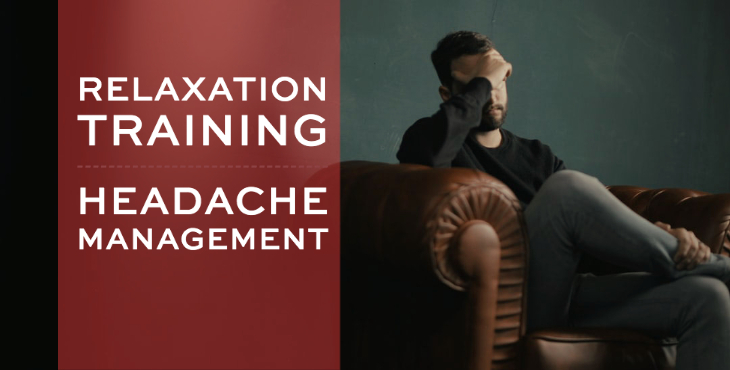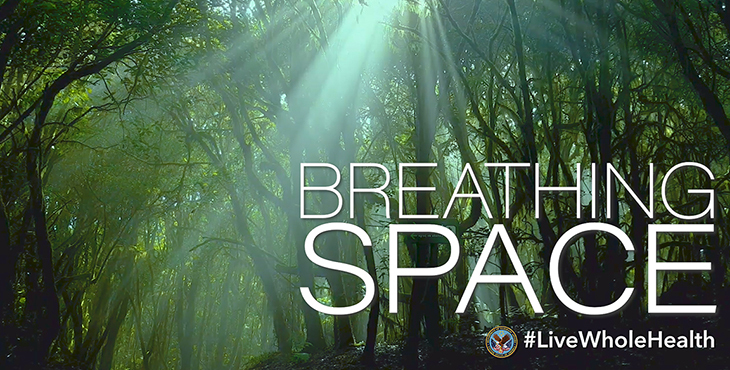If you’re looking for relief from headaches, you might be surprised to learn that just a few basic relaxation techniques can help prevent the frequency and severity of headache attacks.
Relaxation training helps you achieve a state of deep relaxation. Among its many benefits, it can help you manage noticeable tension, improve your sleep; it can help you feel more alert, less stressed, enhance your mood, and improve your quality of life.
There are many enjoyable things you can do to feel relaxed. These include spending time with your loved ones, gardening, reading a book, or listening to your favorite music. But there’s a difference between doing something relaxing and actually bringing about physical and psychological changes in your body through relaxation training.
Here are three types of relaxation techniques: deep breathing, special place visualization, and progressive muscle relaxation. You can decide which one works best for you.
The good news is that you don’t need anything fancy to use these skills, just bring yourself, your breath, and get ready to enjoy the sensations of relaxation.
Deep breathing:
Special place visualization:
Progressive muscle relaxation:
Although many of these relaxation techniques are simple, like anything we do in life, the more you practice the easier you will find it to achieve a state of deep relaxation. Remember, you always have your breath available to use as a tool when you need to feel relaxed and get some relief from your pain and headache symptoms. Be curious, figure out what works for you, and start living the life that you deserve.
More information
Want to learn more about migraines and tension headaches? The Veterans Health Library can help: https://www.veteranshealthlibrary.va.gov/142%2c82146_VA
Whole Health focuses on what matters most to you. It includes self-care and things you can do to improve your health and well-being. Check out the Circle of Health to learn more: https://www.va.gov/WHOLEHEALTH/circle-of-health/index.asp
Amy S. Grinberg, Ph.D., is a licensed clinical health psychologist for the Headache Centers of Excellence at the VA Connecticut Healthcare System.
Topics in this story
More Stories
Rumi’s "The Guest House" invites us to welcome each emotion as a teacher, even the unexpected ones. Listen and reflect for this week's #LiveWholeHealth practice.
Your breath is the most loyal friend you've always had. Connect, calm and heal with mindful breathing in this week's #LiveWholeHealth practice.
Gratitude is a light that shines through life’s ups and downs. Embrace gratitude this holiday season in just five minutes for this week's #LiveWholeHealth practice.







Great endorsement!
I am a 60 year old, female, Air Force Nurse Corp veteran, and a lifelong migraine sufferer. Migraines began, for me, in my mid twenties. They were very infrequent at this time and I just tolerated them. In my late forties, during peri menopause, my migraines became very frequent. I began getting them every day. Sometimes several times a day. And they remained in this pattern up until my present age of 60 years old. In my mid fifties, I discovered meditation through my yoga practice, that I had started in my mid forties. I discovered that through the combination of migraine medications, and lying down with a cold pack over my eyes and forehead, and guided meditations through a free meditation app on my smartphone I could usually always get rid of my migraines within 20-30 minutes. This is not only an effective way to rid myself of my migraines, but it is also a very comforting and pleasant way to pass ones time. I highly recommend it to all migrainers like myself.